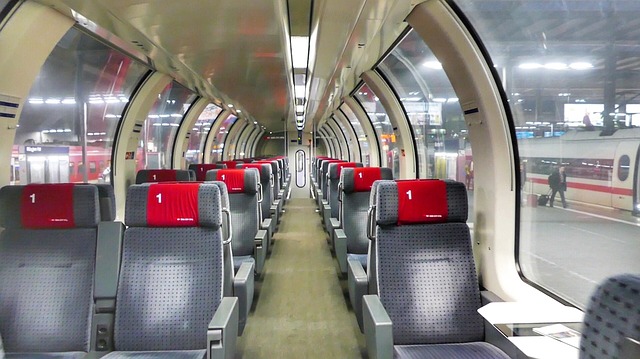Business travel decisions and high-speed trains: an ordered logit approach
DOI:
https://doi.org/10.18335/region.v6i3.249Abstract
The paper studies the potential impact on business travel of the new high-speed railway line project, called AlpTransit, which will link Lugano, the small economic hub of the southern part of Switzerland, with Zurich, one of the major Swiss economic centres, situated north of the Alps. Thanks to this infrastructure, travel time between the two cities will decrease considerably from about three hours to less than two hours by the end of 2020.
The question that we pose in this paper is what impact high-speed trains could have, in the short to medium term, on business travel between the two hubs (ex-ante evaluation). Indeed, given the travel time, firms could increase their business-to-business one-day trips, boosting face-to-face interactions within and among enterprises. Our curiosity more specifically regards the potential impact of the change in travel time on the propensity to travel of employees with different functions in various types of firms.
An on-line survey was conducted among firms located in Ticino, the Swiss Canton that includes Lugano. The data are analysed using four ordered logit models, one for each employee category (CEO, administrative staff, sales personnel, specialists), since hierarchical position and professional status influence business travel characteristics. Results show that internal firm characteristics, such as sector, frequency and destination of current business travels significantly influence the propensity to travel to Zurich more often thanks to AlpTransit.

Published
How to Cite
Issue
Section
License
REGION is an open journal, and uses the standard Creative Commons license: Copyright We want authors to retain the maximum control over their work consistent with the first goal. For this reason, authors who publish in REGION will release their articles under the Creative Commons Attribution license. This license allows anyone to copy and distribute the article provided that appropriate attribution is given to REGION and the authors. For details of the rights authors grant users of their work, see the "human-readable summary" of the license, with a link to the full license. (Note that "you" refers to a user, not an author, in the summary.) Upon submission, the authors agree that the following three items are true: 1) The manuscript named above: a) represents valid work and neither it nor any other that I have written with substantially similar content has been published before in any form except as a preprint, b) is not concurrently submitted to another publication, and c) does not infringe anyone’s copyright. The Author(s) holds ERSA, WU, REGION, and the Editors of REGION harmless against all copyright claims. d) I have, or a coauthor has, had sufficient access to the data to verify the manuscript’s scientific integrity. 2) If asked, I will provide or fully cooperate in providing the data on which the manuscript is based so the editors or their assignees can examine it (where possible) 3) For papers with more than one author, I as the submitter have the permission of the coauthors to submit this work, and all authors agree that the corresponding author will be the main correspondent with the editorial office, and review the edited manuscript and proof. If there is only one author, I will be the corresponding author and agree to handle these responsibilities.




